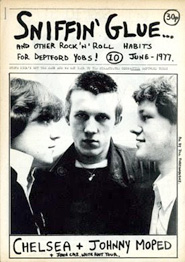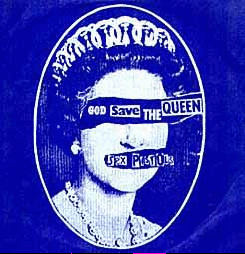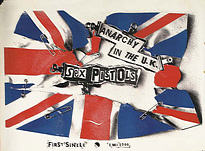| Punk ...No More Rules! | |||
 |
 |
 |
|
Punk The punk phenomenon (London, c. 1976) expressed a rejection of prevailing values in ways that extended beyond the music. British punk fashion deliberately outraged propriety with the highly theatrical use of cosmetics and hairstyles, clothing typically adapted or mutilated existing objects for artistic effect: pants and shirts were cut, torn, or wrapped with tape, and written on with marker or defaced with paint; safety pins and razor blades were used as jewelry. Punk style still persists on the street in 2011. 1
|
Zines, DIY Graphic Design
|
Jamie Reed
(above) Reed poster, Anarchy in the UK, auctioned by Christie's. |
|
| Footnotes | |||
1
|
2 Oxford Dictionary of Modern Design, Punk. |
||
| Copyrights | |||
| ©Designhistory.org 2011 | |||

